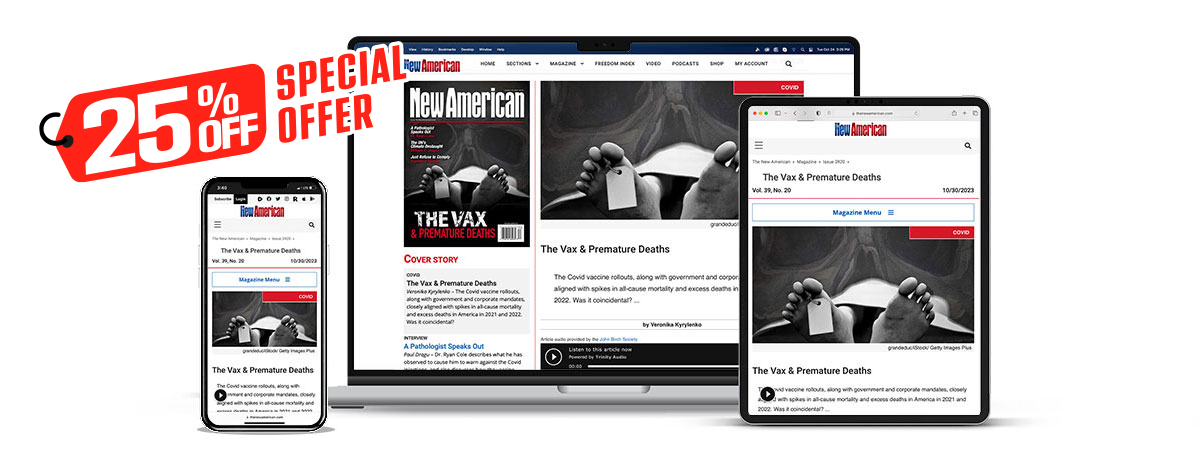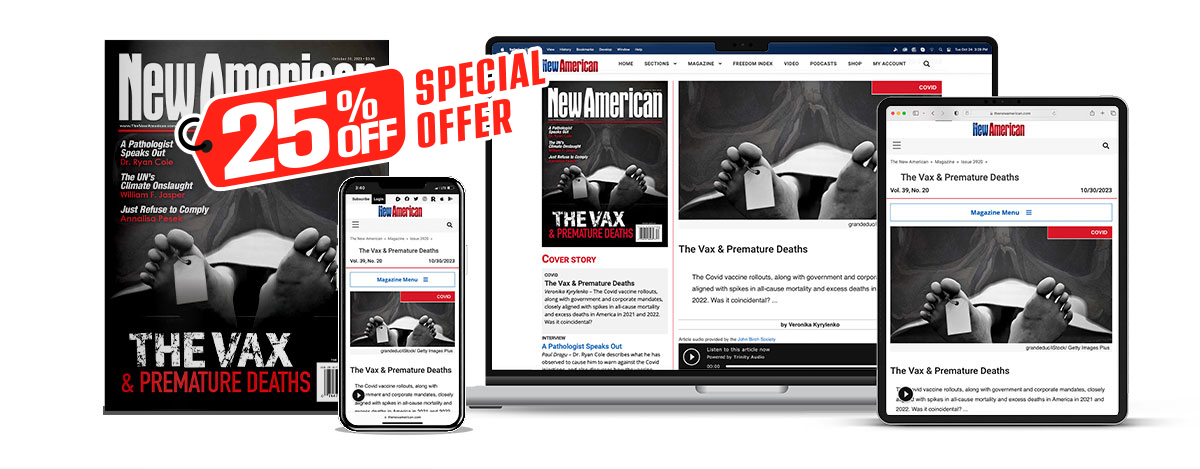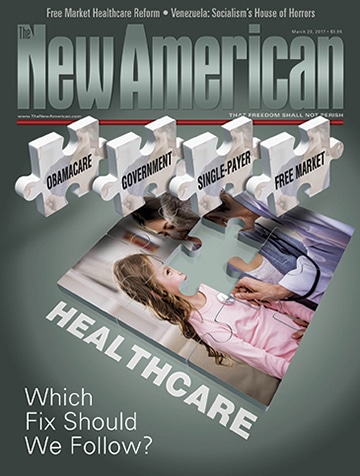Does Single-payer Signal a Solution?
A great healthcare debate is happening in America over whether the healthcare system should be improved via tweaking ObamaCare — a methodology that the new GOP-designed healthcare plan, dubbed the American Health Care Act, seems to be following — or whether an entirely new system should be created. This is one of a series of five articles about how the healthcare system could be changed. The first article, "Healthcare: Which Fix Should We Follow?", explains the goals that a healthcare system should shoot to achieve and lists the four main types of reforms available to the country. The other four articles, including this one, give background and facts about each type of reform and how many goals it would secure. The other articles are entitled "ObamaCare Unraveled," "Government-run Healthcare," and "Free Market Healthcare Reform."
According to Physicians for a National Health Program, creating a healthcare program that operates as a Medicare system for all would not only rid Americans of all of the costs associated with health insurance companies (since those companies would not be allowed to compete with the government public system), it would fund all of the medically necessary healthcare needs for all Americans — and have enough money left over for care for the aged in long-term care facilities. The plan’s proponents advertise that it would meet all the criteria of an ideal health system: It would provide cradle-to-grave care; no one would go broke in paying for care; it would not raise costs any higher than they are now; rich and poor alike would get equal access; and quality would remain high.
Here’s how it would be set up: The U.S. government would create a system that is set up like Medicare, except it would be without deductibles and co-payments and it would cover “all medically necessary services, including: doctor, hospital, preventive, long-term care, mental health, reproductive health care, dental, vision, prescription drug and medical supply costs.” The plan would pay private doctors an agreed upon amount for services rendered, as determined by a health planning board made up of patient representatives and medical experts. (“The representatives would decide on what treatments, medications and services should be covered, based on community needs and medical science.”) Patients could go to any doctor they desired. Using savings generated by eliminating insurance companies’ administrative and overhead costs — presumed to be in excess of $500 billion per year — and monies already spent by governments on healthcare, all necessary physical and mental care for every American would be paid for (for the same cost as our present system). To ensure that the system isn’t undermined by wealthy Americans, private individuals would be legally forbidden from purchasing from outside the system any medical service covered by the government. Also to bolster the system, the health planning board would have the power to allocate all medical equipment in the country to where it is needed, and no medical practice could purchase capital equipment — think “CT scanners, MRI scanners, and surgery suites” — without permission from the board.
JBS Member or ShopJBS.org Customer?
Sign in with your ShopJBS.org account username and password or use that login to subscribe.

 Subscribe Now
Subscribe Now
- 24 Issues Per Year
- Digital Edition Access
- Exclusive Subscriber Content
- Audio provided for all articles
- Unlimited access to past issues
- Cancel anytime.
- Renews automatically

 Subscribe Now
Subscribe Now
- 24 Issues Per Year
- Print edition delivery (USA)
*Available Outside USA - Digital Edition Access
- Exclusive Subscriber Content
- Audio provided for all articles
- Unlimited access to past issues
- Cancel anytime.
- Renews automatically


